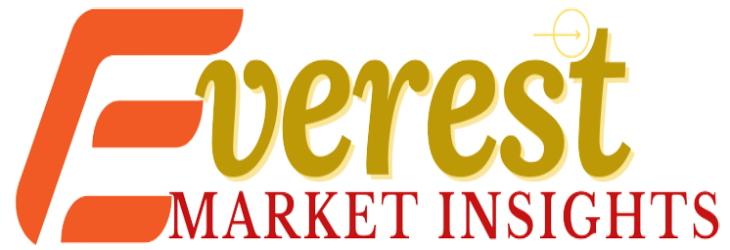The parenteral packaging market has been experiencing significant growth in recent years, with demand being driven by various factors. In this article, we will provide a comprehensive analysis of the key drivers and restraints affecting the parenteral packaging market.
Key Drivers in Parenteral Packaging Market
- Growing Demand for Biologics and Biosimilars
Biologics and biosimilars are a rapidly growing segment of the pharmaceutical market, and they require specialized packaging solutions to ensure their efficacy and safety. Biologics and biosimilars often require cold-chain storage and transportation, and the use of specialized packaging materials such as glass vials and pre-filled syringes. As the demand for biologics and biosimilars continues to grow, the parenteral packaging market is expected to expand significantly.
- Increasing Prevalence of Chronic Diseases
The global prevalence of chronic diseases such as diabetes, cancer, and cardiovascular disease is increasing rapidly, and these conditions often require treatment with injectable drugs. The demand for parenteral packaging solutions for these drugs is therefore also increasing, with a particular emphasis on the development of convenient and easy-to-use delivery systems.
- Focus on Patient Safety and Convenience
There is a growing focus on patient safety and convenience in the healthcare industry, and this is driving demand for parenteral packaging solutions that are easy to use, minimize the risk of contamination, and are compatible with self-administration. Many pharmaceutical companies are investing in the development of innovative packaging solutions such as pre-filled syringes, auto-injectors, and needle-free injectors to meet these needs.
- Growth in the Emerging Markets
The emerging markets of Asia-Pacific, Latin America, and the Middle East and Africa are experiencing rapid economic growth and demographic changes, leading to a rise in healthcare spending and an increasing demand for pharmaceutical products. This is expected to drive growth in the parenteral packaging market, as pharmaceutical companies seek to expand their presence in these regions.
Key Restraints Parenteral Packaging Market
- Stringent Regulatory Requirements
The parenteral packaging market is highly regulated, with stringent requirements for safety and efficacy. Meeting these requirements can be a significant challenge for pharmaceutical companies, particularly smaller firms or those operating in emerging markets. Compliance with regulations such as the US FDA’s Current Good Manufacturing Practice (CGMP) regulations or the European Medicines Agency’s (EMA) Good Distribution Practice (GDP) guidelines can be time-consuming and expensive, and failure to comply can result in significant fines or even the revocation of a product’s approval.
- High Cost of Development
The development of parenteral packaging solutions can be expensive, particularly for innovative or complex products such as auto-injectors or needle-free injectors. Pharmaceutical companies may also need to invest in specialized manufacturing equipment or facilities to produce these products, adding to the cost.
- Sustainability Concerns
The pharmaceutical industry is increasingly focused on sustainability, and this is driving demand for eco-friendly packaging solutions. However, developing sustainable parenteral packaging solutions can be challenging, as the materials used must meet stringent safety and efficacy requirements.
- Competition from Oral Dosage Forms
Despite the growth in the parenteral packaging market, oral dosage forms such as tablets and capsules remain the most popular form of drug delivery. Competition from oral dosage forms can therefore be a restraint on the parenteral packaging market, particularly for drugs that can be administered via either route.
In conclusion, the parenteral packaging market is expected to continue to grow in the coming years, driven by factors such as the increasing demand for biologics and biosimilars, the growing focus on patient safety and convenience, and the expanding healthcare markets of the emerging economies. However, pharmaceutical companies will need to navigate a range of challenges and restraints, including stringent regulatory requirements, high development costs, sustainability concerns, and competition from oral dosage forms.
Disclaimer: The views, suggestions, and opinions expressed here are the sole responsibility of the experts. No Everest Market Insights journalist was involved in the writing and production of this article.
